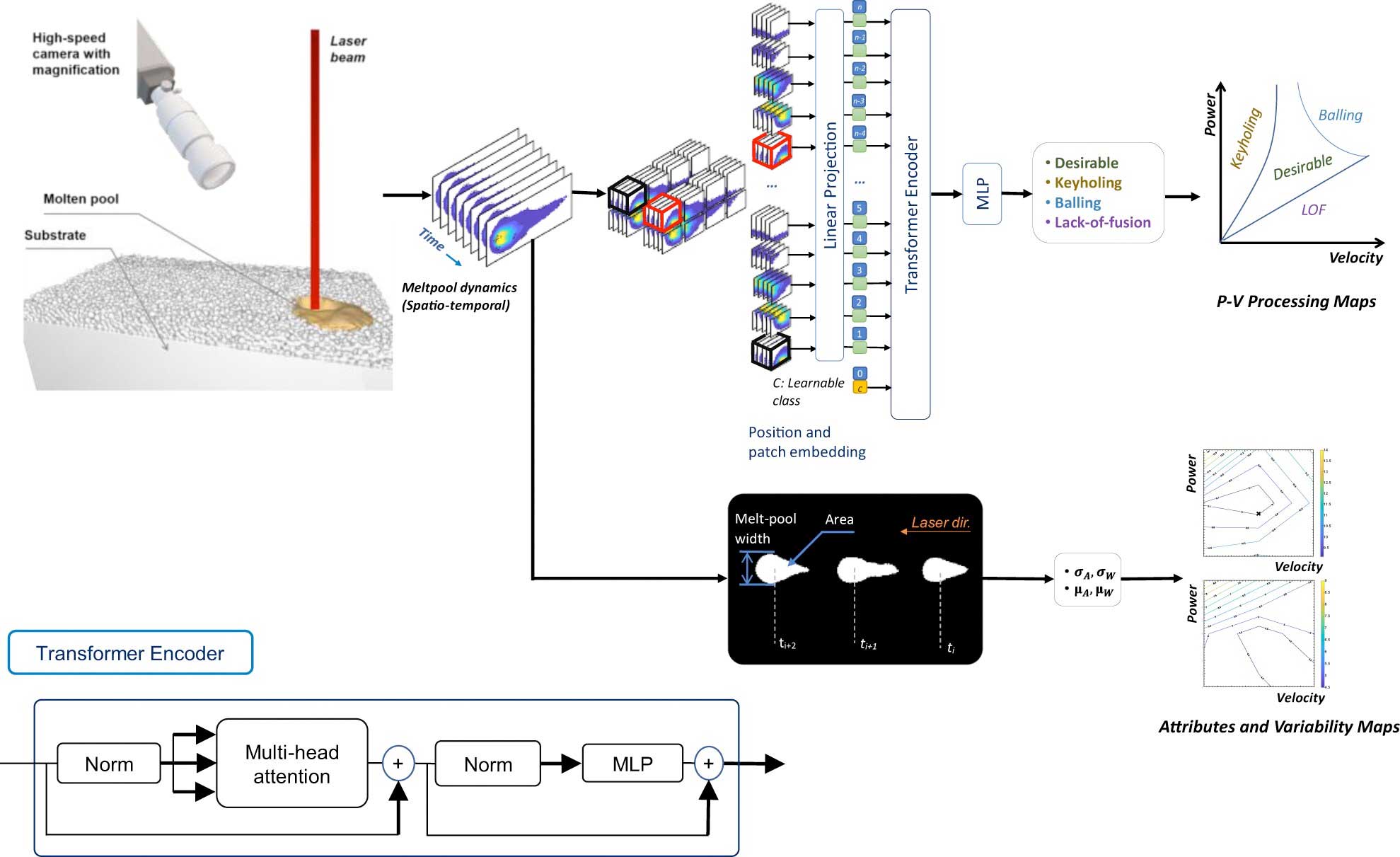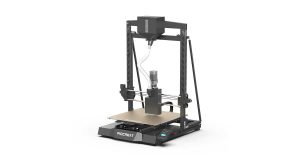To successfully print a metal part to the demanding specifications required by many in the industry, the process parameters – including printing speed, laser power and layer thickness of the applied material – must be optimized. This is where AI could accelerate process development.
David Guirguis, Jack Beuth and Conrad Tucker from the Department of Mechanical Engineering at Carnegie Mellon University (CMU) have developed a system that not only optimizes the process parameters, but can also be applied to different metal alloys. Their research results have been published in the renowned journal Nature Communications.
“We needed to automate the process, but it can’t be done with computer programming alone,” explained Guirguis, a postdoctoral associate in mechanical engineering. “In order to capture the patterns, we need to apply machine learning.”
Vision transformers use neural network architectures, originally developed for natural language processing tasks, to learn complex patterns and dependencies in video data. This enables the model developed by Guirguis to evaluate the importance of different parts of the input sequence and make predictions about the occurrence of defects.
The research addresses the challenge that in the 3D printing process, particularly laser powder bed fusion (LPBF), the physical characteristics of the molten metal are not visible, making it difficult to identify potential defects. Guirguis developed a high-speed imaging device that can capture clear features of the molten pool and a machine learning model that recognizes patterns associated with the defects to be detected.
“We are excited to have developed an AI method that leverages temporal features in AM imaging data to detect different types of defects. Demonstrating the generalizability of the AI method using different AM metals is groundbreaking and reveals that the same trained AI model can be employed without costly retraining using additional data,” remarked Tucker, a professor of mechanical engineering.
By using vision transformers to classify different types of defects, Guirguis was able to increase the accuracy of the algorithms to over 90%, depending on the material. The method enables fast and efficient optimization of process windows for the additive manufacturing of new alloys, which represents a significant advance.
The researchers developed an off-axis imaging device that can capture high-frequency oscillations in the shape of the melt pool with extremely high temporal resolution of over 50,000 frames per second. The videos were then classified into four categories, each representing desirable print regimes and the three different types of defects (keyholing, balling and lack of fusion).
“In additive manufacturing processing of a new alloy, the first goal is to find a ‘window’ of process variables yielding flaw-free parts,” explained Beuth, a professor of mechanical engineering. “Dave’s use of vision transformers to relate the variability in high-speed melt pool images to flaw formation can greatly reduce the time needed to find that window. It is a huge step forward.”
The results show that vision transformers with temporal embedding can enable in-situ detection of melt pool defects and generate process maps that could accelerate printability qualification and process development for newly developed 3D-printed alloys.
This groundbreaking work by CMU researchers represents a significant advance in additive manufacturing and offers the opportunity to further optimize and improve the production of metal parts through 3D printing.
Subscribe to our Newsletter
3DPResso is a weekly newsletter that links to the most exciting global stories from the 3D printing and additive manufacturing industry.























